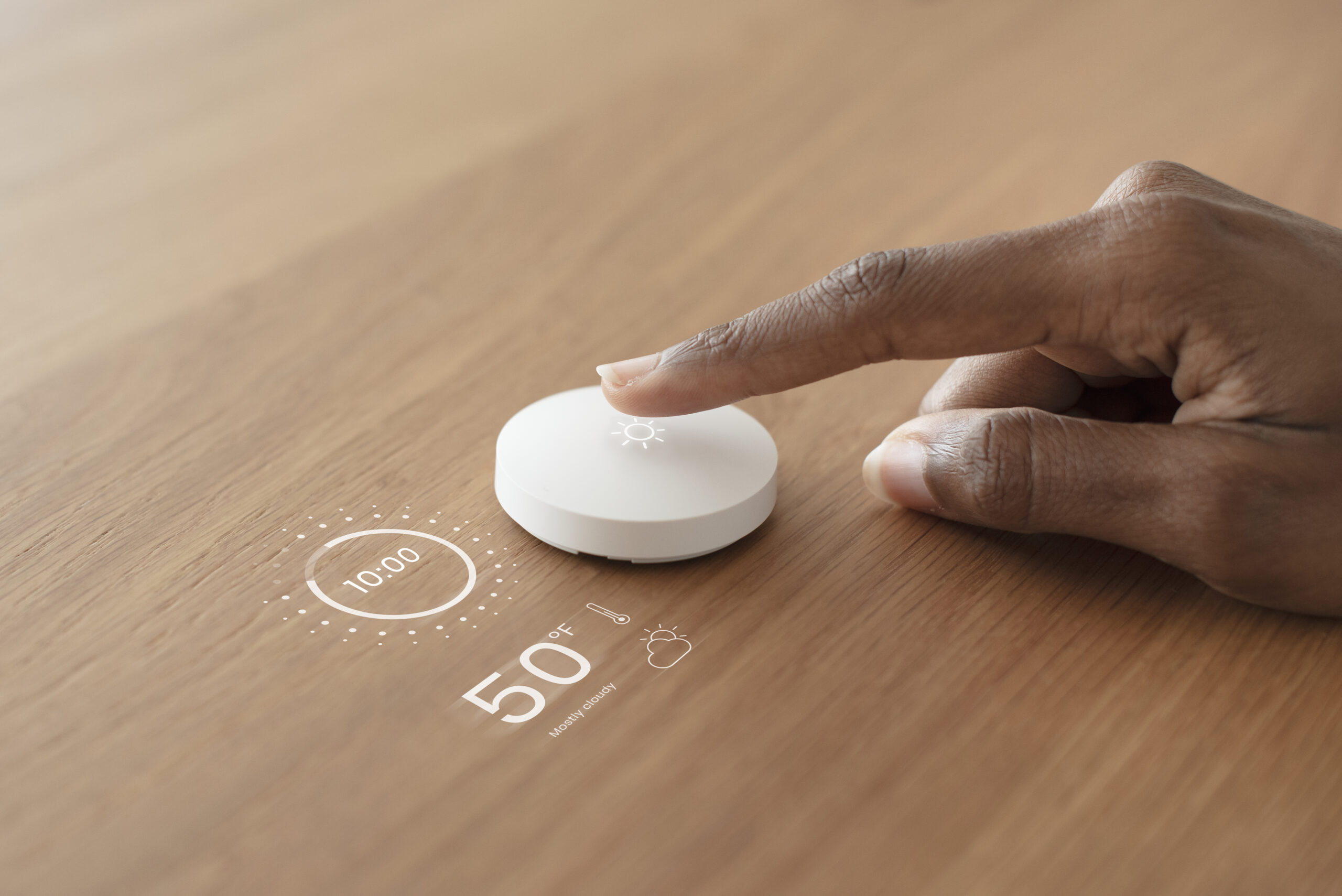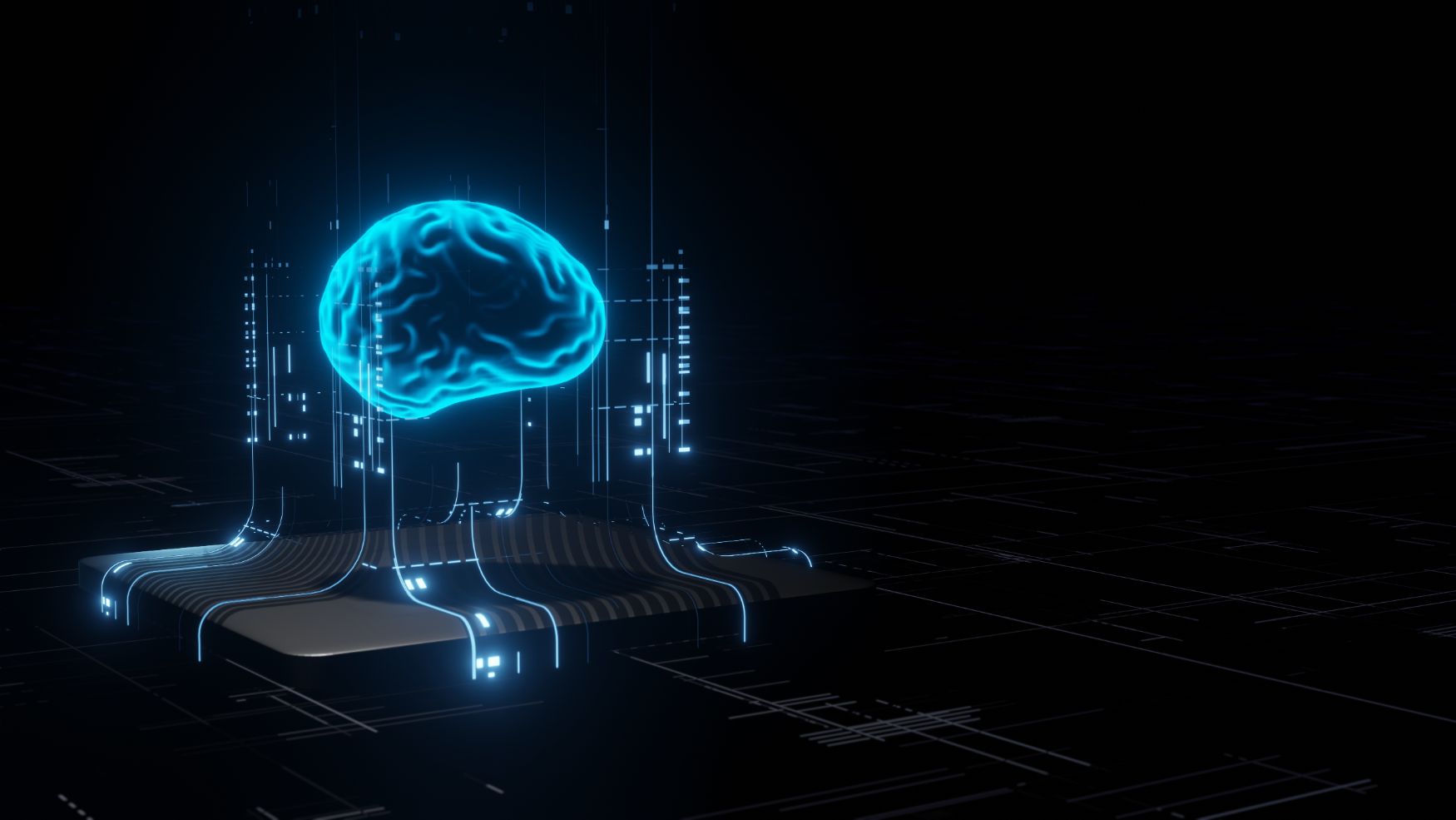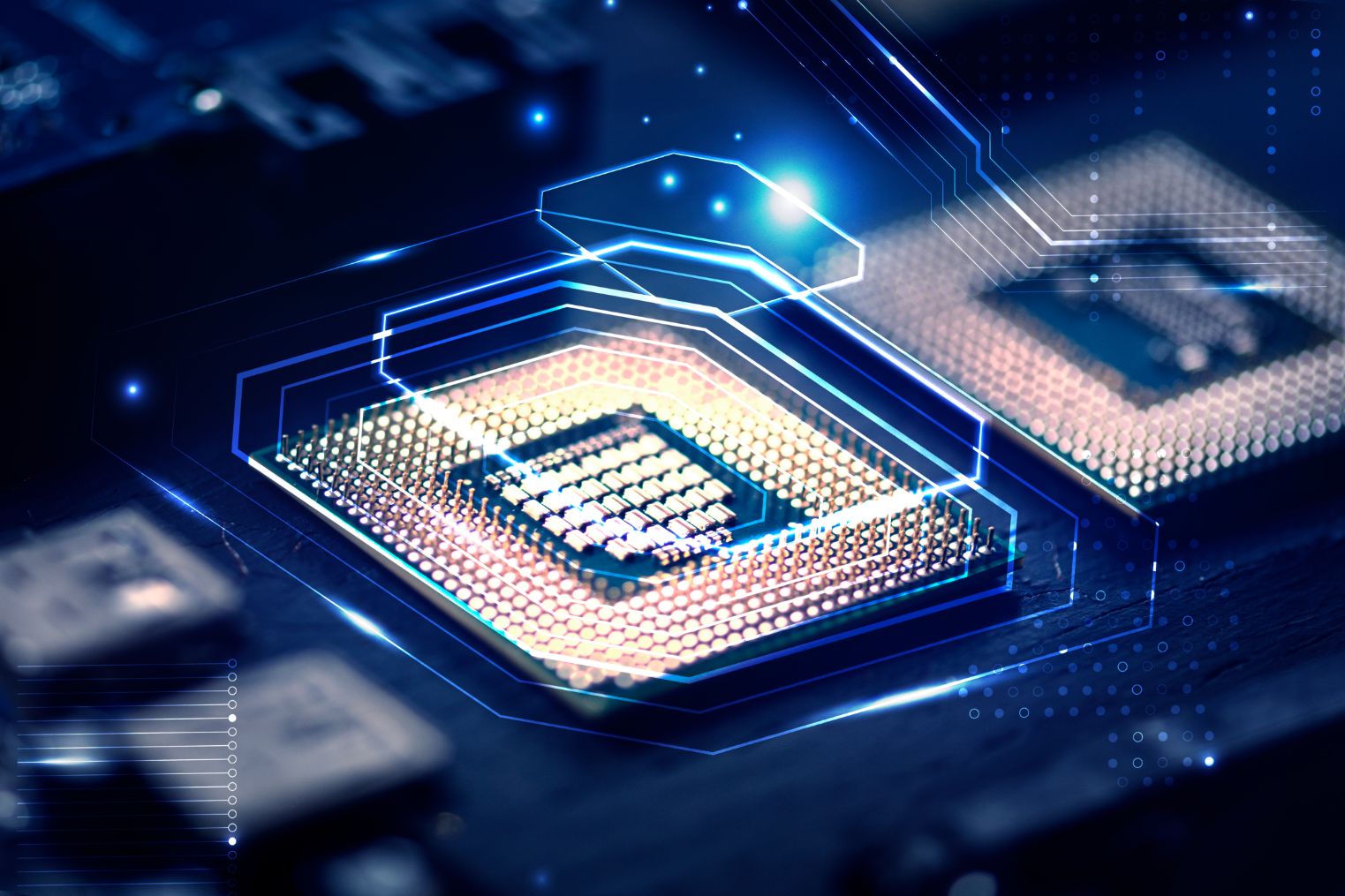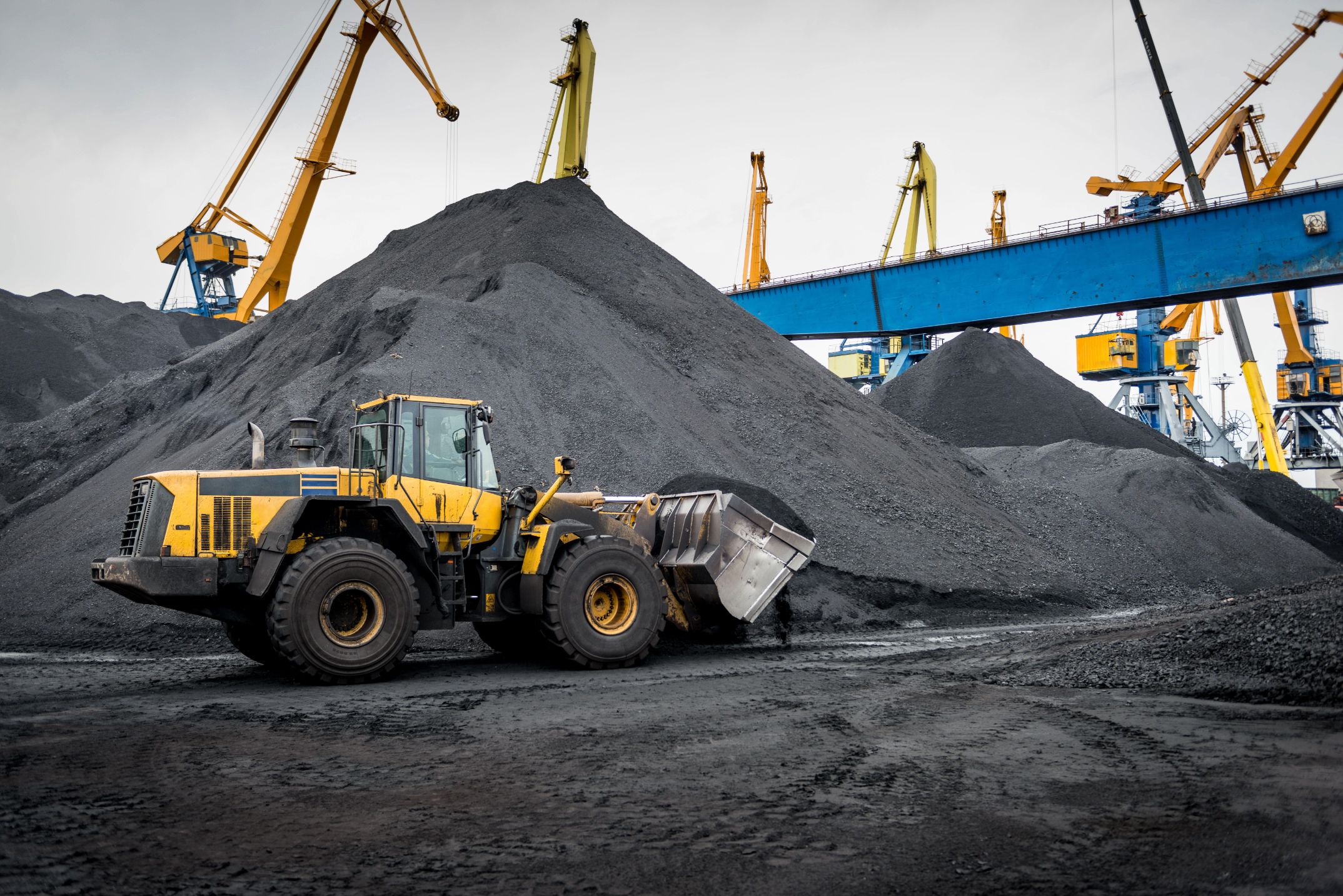Industrial Printed Circuit Boards Are Available in a Variety of Shapes and Sizes.
A thin board consisting of composite epoxy, fibreglass, or similar laminate material is referred to as a PCB (printed circuit board). Tracks, lines, and pathways are used to link various electronics components on the circuit board electrically. The electronic components are physically supported and electrically linked by a printed circuit board (PCB), which uses conductive paths, signal traces, or tracks carved from copper sheets bonded onto a non-conductive substrate. Some PCBs include components like capacitors and resistors soldered on them.
When a board includes no circuit components such as resistors, capacitors, or active devices, but merely copper rails and features, it is referred to as an etched wiring board or printed wiring board (PWD). Because the line between circuit and wire has blurred, many people no longer use the term PWB. They are used for both completed and unassembled boards.
Printed Circuit Boards (PCBs) Come in a Variety of Shapes and Sizes
Let’s look at the properties of a few different types of printed circuit boards.
PCBs are constructed in three different ways: single-sided, double-sided, and multi-layered. The essential components are electrically attached to the PCB board using two different methodologies: hole technology and surface mount technology. You may choose any PCB based on your project’s needs.
PCBs with just one side is known as SINGLE SIDED PCBs.
A single layer of base material/substrate is commonly included on this kind of printed circuit board. Single-sided PCBs are often used in basic electronics since they do not need sophisticated circuitry and thus are an excellent option for novices. These PCBs are an excellent alternative for mass manufacturing due to their low cost and widespread availability.
Cameras, calculators, stereo components, vending machines, printers, surveillance, coffee makers, LED lights, solid-state drives, packing equipment, relays, timing circuits, radio and stereo equipment, sensor devices, and power supply are among the many applications in which they are employed.
PCBs with two sides
With the exception that copper material is present on both sides of the substrate material, this printed circuit board is quite similar to single-sided PCBs. These PCB boards use two different methods to connect the components: hole and surface mount.
They’re widely used in a variety of applications, including LED lighting, convertors, HVAC systems, industrial controls, traffic control systems, regulators, automotive dashboards, power conversion, amplifiers, control relays, power supplies, instrumentation, UPS power systems, PC hard drives, vending machines, printers, line reactors, phone systems, and test and monitoring equipment, thanks to their moderate level of complexity.
PCBs with many layers
These multilayer PCBs are more complicated than double-sided PCBs and include a mix of single and double-sided boards. A piece of insulation is put between each board to give protection, preventing components from burning in the event of excessive heat generation.
Data storage, GPS technology, satellite systems, file servers, weather analysis systems, mobile phones, computers, signal transmission, heart monitors, cell phone repeaters, atomic accelerators, X-ray equipment, fibre optic receptors, central fire alarm systems, space probe equipment, and cell phone transmission are just a few of the applications for multilayer PCBs.
Constraints:
Before choosing a multilayer PCB, consider the entire project cost since the high manufacturing cost is a big element in the decision. Compared to single and double layer PCB, its production time is a considerable limitation. It also necessitates more sophisticated repair in the event of permanent damage or definite loss.
RIGID Printed Circuit Boards
Stiff PCBs are often used in electronics to provide circuits strength, keep them from twisting, and make them rigid. The computer motherboard, made of hard substrate material, is an excellent example of stiff PCBs. These PCBs may be designed using a variety of applications, including Proteus, EasyPC, and Altium.
Electronics, toys, gadgets, solid-state devices, and desktop devices are all examples of low-cost items.
PCBs WITH FLEXIBILITY
They are adaptable and may change or bend into any shape based on demands and requirements. Unlike rigid PCBs, these flexible PCBs, also known as Flex Circuits, are made of plastic. Polyester, polyamide, or PEEK are often used in these PCBs (Polyether ether ketone).
Flexible PCBs have largely replaced rigid PCBs when flexibility, weight, and space are major requirements. A popular example of a flexible board is a computer keyboard. Flexible circuits are used in a wide range of consumer electronics, including cameras, personal entertainment devices, automobiles, and activity monitors and calculators.
PCBs using RIGID FLEX
Stiff flex PCBs are created by combining several flexible PCBs with several rigid layers. These PCBs are an excellent option for most applications since they need less space and weight to create a complete circuit. Pacemakers and vehicles and aeronautical systems, digital cameras, military weaponry, and cell phones all employ this material.
PCBs WITH HIGH FREQUENCY
These are somewhat different from standard PCBs in terms of materials utilised and structure. They are capable of transmitting signals at a frequency of one GHz. Dielectric constant, dielectric thickness and power dissipation are all factors to consider when selecting high-frequency PCBs.
These high-frequency items may be used in various applications, including sophisticated communications systems, industrial and medical uses. Cell phones, RF remote controls, GPS receivers, and ZigBee employ high-speed products for improved signal delivery. Airborne and ground-based radar systems are excellent examples of high-speed circuits.
PCBs WITH ALUMINUM BACKING
A copper-clad laminate and a thin dielectric thermally conductive and electrically insulating layer are laminated between the metal base and copper foil in a metal base PCB, also known as a metal base PCB. Aluminum PCBs come in various shapes and sizes, and they’re employed in a variety of applications.
- PCBs made of flexible aluminium
- PCBs made of hybrid aluminium
- Aluminum PCB with many layers
- Aluminum PCB with through holes
LED applications, automotive, and radiofrequency sectors all use this material.




